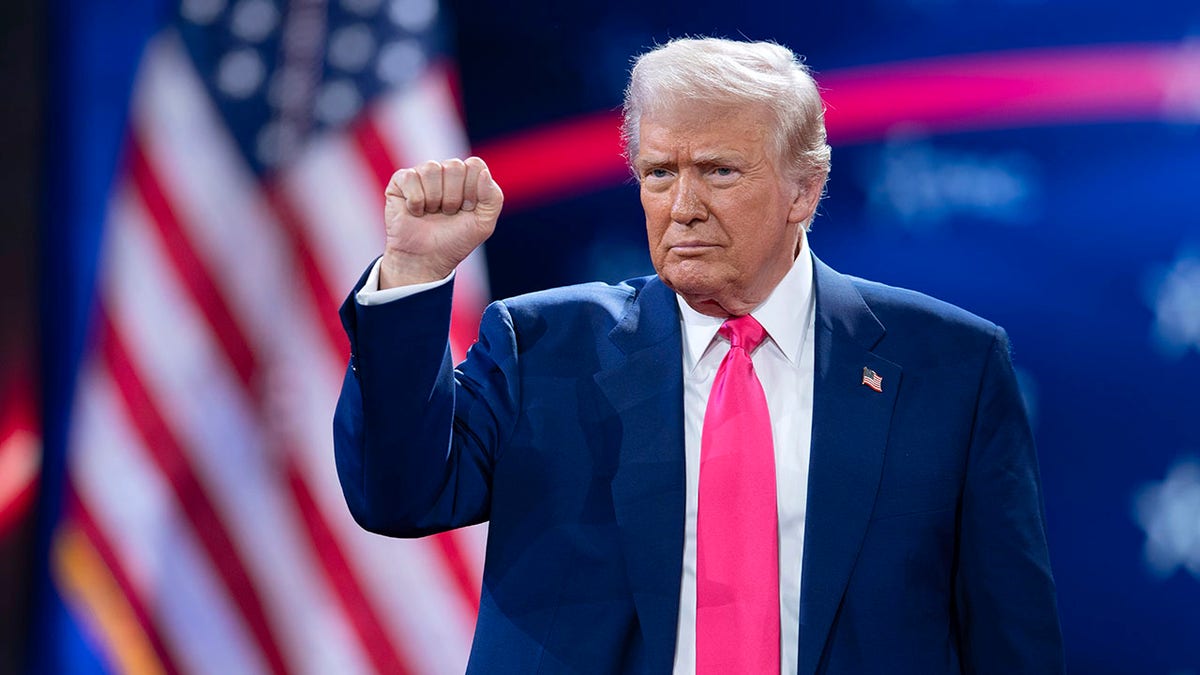
President Trump’s Middle East Visit and Key Policy Initiatives
President Donald Trump is set to embark on a significant visit to the Middle East during his 17th week back in the Oval Office, marking his first major overseas trip of his second term. The trip aims to reinforce his vision for a stable, prosperous, and cooperative Middle East, where the United States and Middle Eastern nations work together to defeat extremism and foster commerce and cultural exchange.
White House press secretary Karoline Leavitt emphasized the trip’s significance, highlighting the potential for a "golden age" for both America and the Middle East, built on a foundation of shared stability, opportunity, and mutual respect. President Trump also plans to visit with U.S. service members stationed at a U.S. air base in Qatar.
The four-day trip includes stops in Saudi Arabia, Qatar, and the United Arab Emirates. Prior to his departure, President Trump teased a "very, very big announcement," promising it would be "as big as it gets" and "one of the most important announcements that have been made in many years about a certain subject, very important subject."
The timing of the trip coincides with several critical issues, including the ongoing conflict between Israel and Hamas, U.S.-Iran negotiations regarding Iran’s nuclear program, and potential expansion of the Abraham Accords, which normalized diplomatic relations between Israel and several Arab League nations during President Trump’s first administration.
Leavitt noted the significance of President Trump’s first trip eight years ago to the same region, where he introduced his "peace-through-strength" foreign policy strategy, aimed at eradicating terrorism and extremism. She credited President Trump’s administration with the total defeat of ISIS and the historic signing of the Abraham Accords.
In addition to the Middle East trip, the Trump administration has been actively engaged in trade negotiations with China. Over the weekend, administration officials met with Chinese counterparts in Geneva to finalize a potential trade agreement.
Early Monday morning, a joint statement was released, revealing that both the United States and China would reduce tariffs by 115% while maintaining an additional 10% tariff. The U.S. had previously imposed tariffs as high as 145% on Chinese goods in an effort to address the trade deficit. China had also imposed tariffs on U.S. goods, including a 125% duty tax.
Treasury Secretary Scott Bessent and U.S. Trade Representative Jamieson Greer described the talks as "productive," with President Trump expressing on Truth Social that "great progress" had been made. He emphasized the desire for China to open up to American business, stating that a "total reset" had been negotiated in a "friendly, but constructive, manner." Bessent announced that the tariffs would be reduced for a 90-day period.
Another significant policy initiative involves the Trump administration’s plan to welcome White Afrikaners from South Africa to the U.S. as refugees. The administration cited "unjust racial discrimination" in South Africa as the reason for this decision.
White House deputy chief of staff Stephen Miller stated that the situation in South Africa "fits the textbook definition of why the refugee program was created," describing it as "persecution based on a protected characteristic – in this case, race."
President Trump signed an executive order in February that cut U.S. funds to the South African government and offered Afrikaners the opportunity to move to the U.S. under refugee status. The executive order was prompted by a South African law allowing the government to seize Afrikaners’ agricultural property without compensation and concerns about South Africa’s positions toward the United States and its allies.
The executive order directs the Secretary of State and the Secretary of Homeland Security to prioritize humanitarian relief, including admission and resettlement through the United States Refugee Admissions Program, for Afrikaners in South Africa who are victims of unjust racial discrimination.
President Trump is expected to return from his Middle East trip on Friday, May 16.
Since his inauguration in January, President Trump has signed 147 executive orders, including 143 within his first 100 days as president. This number significantly exceeds the number of executive orders signed by his predecessors, dating back to President Franklin D. Roosevelt.
The combination of President Trump’s Middle East trip, the potential trade agreement with China, and the refugee initiative for White Afrikaners demonstrates the administration’s focus on foreign policy, trade, and human rights issues. The upcoming weeks will be crucial in determining the success and impact of these initiatives.
